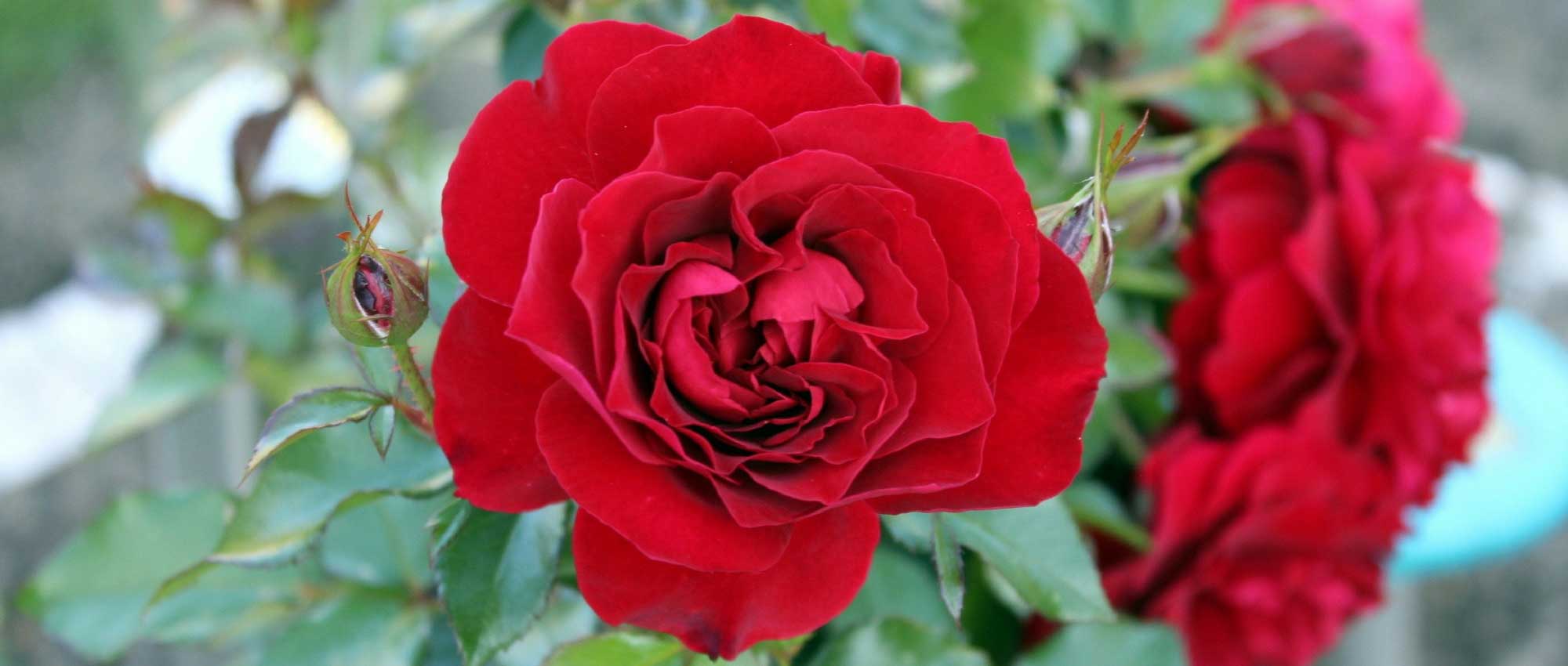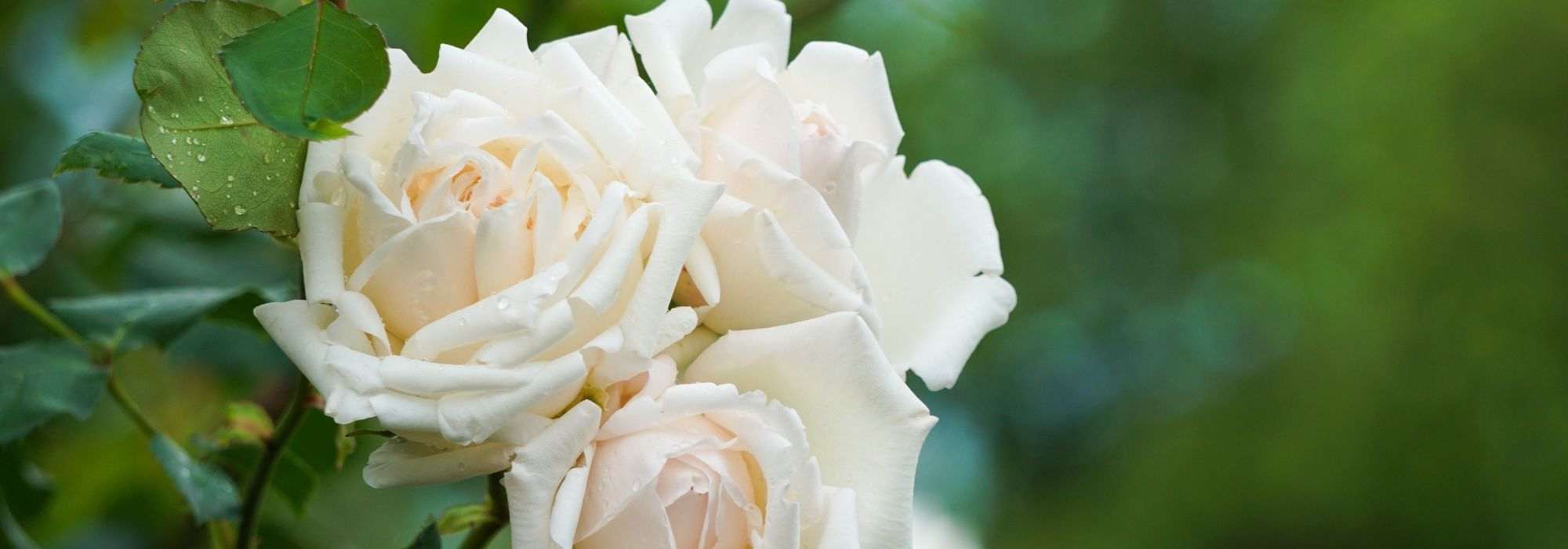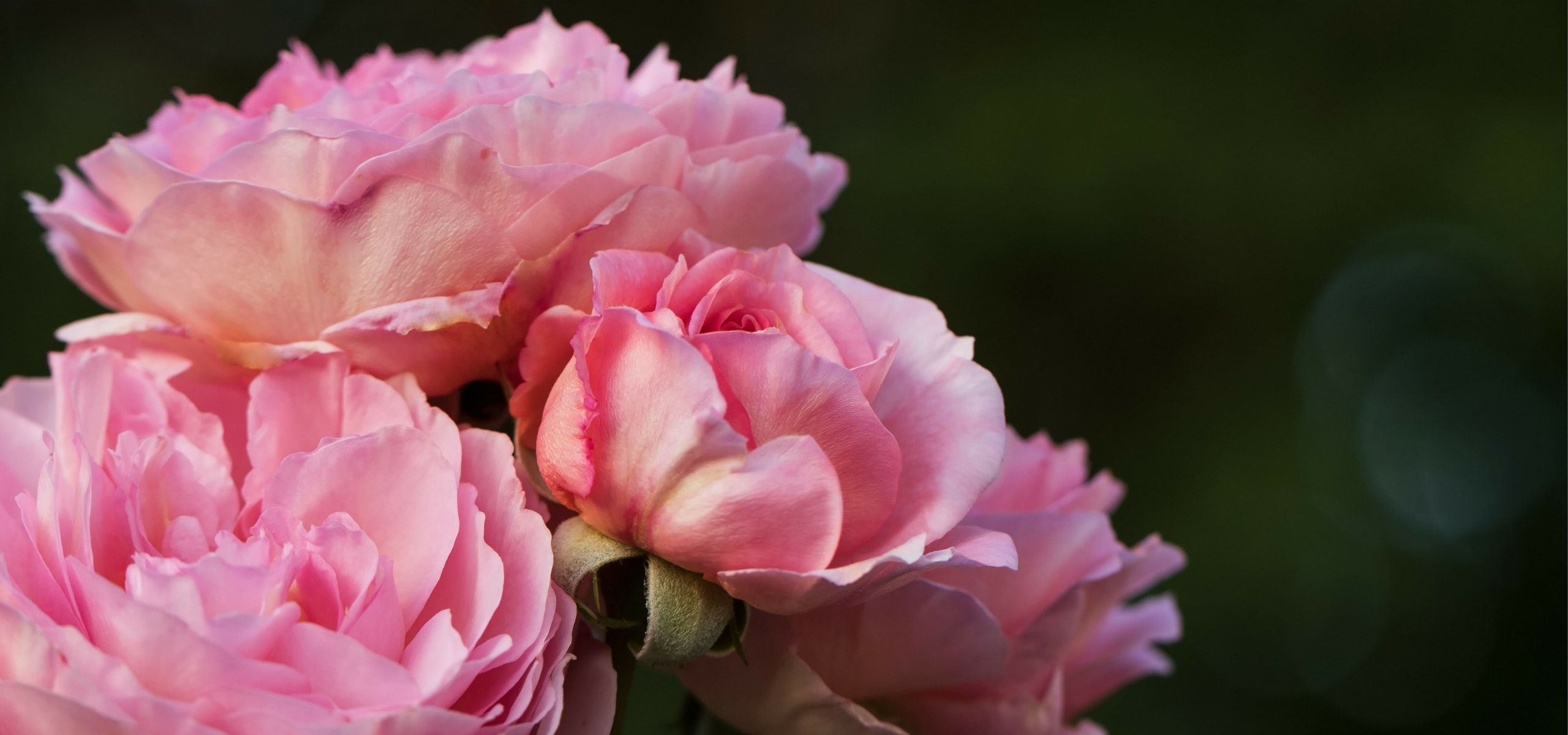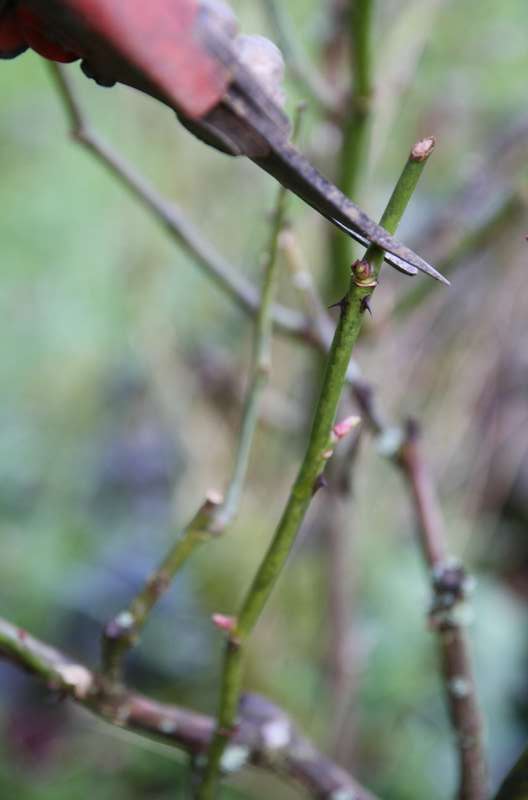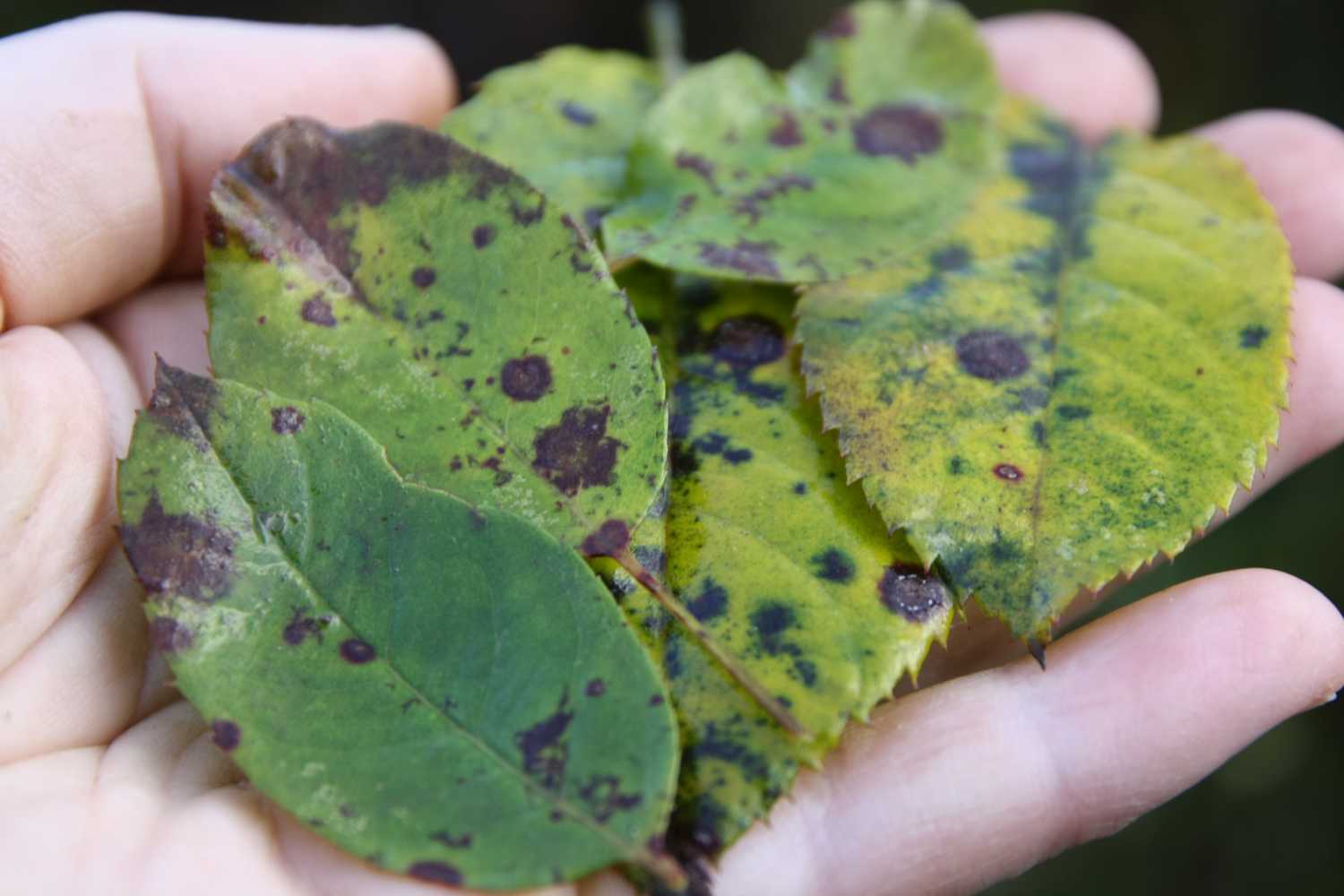

Rosa Hello - Shrub Rose
Rosa Hello - Shrub Rose
Rosa 'Meikinba' HELLO®
Shrub Rose
Special offer!
Receive a €20 voucher for any order over €90 (excluding delivery costs, credit notes, and plastic-free options)!
1- Add your favorite plants to your cart.
2- Once you have reached €90, confirm your order (you can even choose the delivery date!).
3- As soon as your order is shipped, you will receive an email containing your voucher code, valid for 3 months (90 days).
Your voucher is unique and can only be used once, for any order with a minimum value of €20, excluding delivery costs.
Can be combined with other current offers, non-divisible and non-refundable.
Home or relay delivery (depending on size and destination)
Schedule delivery date,
and select date in basket
We guarantee the quality of our plants for a full growing cycle, and will replace at our expense any plant that fails to recover under normal climatic and planting conditions.

Description
The Hello® Landscape Rose is a disease-resistant, compact variety with a spreading habit, featuring an abundance of red flowering, perfect for bringing structure to flower beds, bordering pathways, climbing slopes and rockeries, or simply enhancing a small garden. Gathered in richly coloured clusters, its double flowers offer a renewed spectacle from spring until the first frosts. Whether in the countryside or the city, it will not disappoint!
Created by Meilland International in 2002, the Hello® 'Meikinba' Rose is a landscape rose of incredible vigour, awarded two silver medals in The Hague (Netherlands) and Le Rœulx (Belgium). It belongs to the group of ground cover roses characterised by their spreading habit, rapid growth, and abundant flowering with minimal maintenance.
This rose develops a dense and spreading habit, forming a compact cushion of approximately 50 to 60 cm in height and nearly 1 m in spread. Under certain conditions, when it finds a natural support such as a bush or trellis, it can grow up to 1.50 to 2 m tall, adopting a semi-climbing habit. Its long, thorny branches that extend in all directions enhance its generous and natural appearance. From May-June until the first frosts, it is covered in successive waves of clusters of 3 to over 20 flowers. Its small pompon roses measure 5 to 6 cm in diameter, each with more than 50 dense, tightly packed petals arranged in a rosette. Their colour is a velvety, intense and stable ruby red under the sunlight. Fruiting in this variety remains rare, which naturally promotes the plant's floriferousness. The glossy, dark green foliage forms a perfect background for the flowers. Deciduous, it is absent in winter, but its high disease resistance enables it to remain beautiful and healthy throughout the season without requiring any special treatment.
Due to its vigour and rapid growth, this Hello® 'Meikinba' rose is highly favoured by local authorities for its ornamental qualities and low maintenance requirements. Pruning is limited to a rejuvenation cut every 7 to 8 years, unless one wishes to limit its expansion by pruning it shorter each year. With its long, flexible , creeping branches, it can decorate flowerbeds, rockeries, slopes, retaining walls, or be trained as a climber against a trellis or bush. Its robustness and disease resistance make it ideal for a natural garden. In mass planting, pair it with 'Sea Foam' (white) ground cover roses and with 'Bees Paradise Pink' with their semi-double, fresh pink flowers.
Rosa Hello - Shrub Rose in pictures
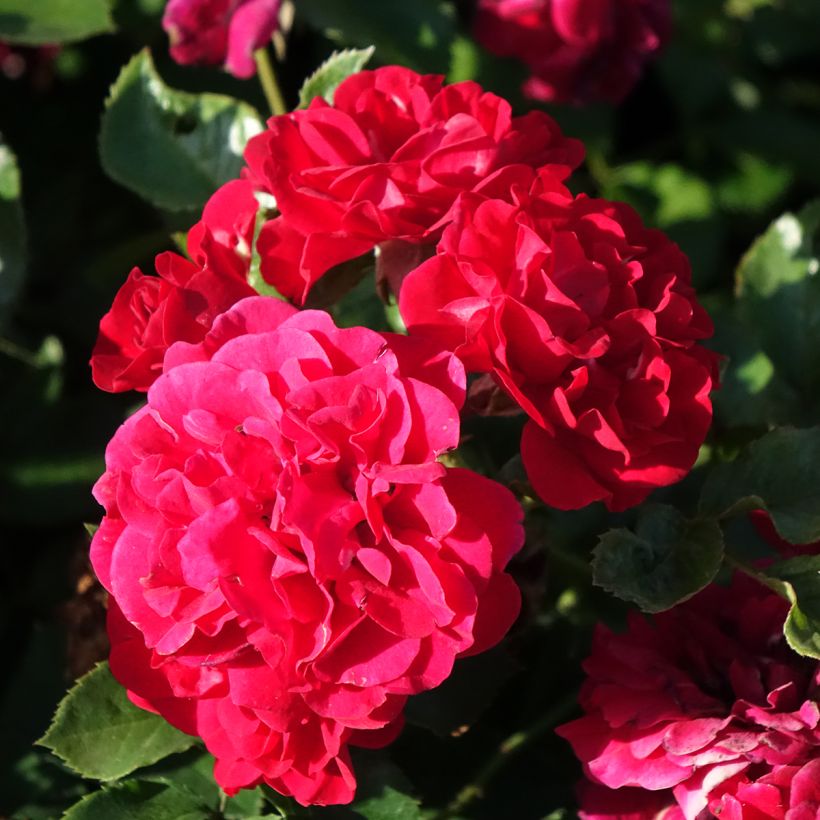

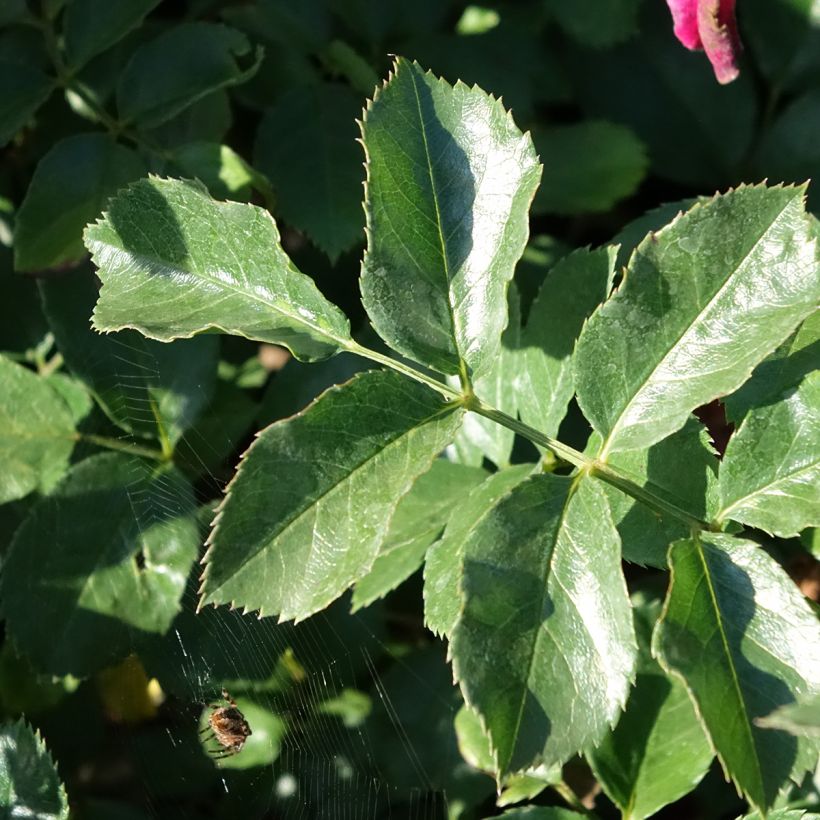

Plant habit
Flowering
Foliage
Botanical data
Rosa
'Meikinba' HELLO®
Rosaceae
Shrub Rose
Rosa 'Meikinba' HELLO®
Cultivar or hybrid
Planting and care
To plant your Hello Meikinba rose, prepare the soil by digging a 30 cm cube, breaking up the earth well and adding a base fertiliser such as dried blood or dehydrated horn at the bottom of the planting hole. Place your plant after removing it from its pot, covering the top of the root ball with 3 cm of soil. Backfill and water thoroughly to eliminate any air pockets. In dry weather, water regularly for a few weeks to encourage root establishment. Also consider feeding your rose with a special rose fertiliser to stimulate flowering.
Roses often develop spots or look unsightly by late summer, but this does not affect their growth. These spots are not harmful to the rose; it's a natural phenomenon. Follow all our advice to remedy this and read our article: Help: My Roses Have Spots
Planting period
Intended location
Care
Planting & care advice
This item has not been reviewed yet - be the first to leave a review about it.
Haven't found what you were looking for?
Hardiness is the lowest winter temperature a plant can endure without suffering serious damage or even dying. However, hardiness is affected by location (a sheltered area, such as a patio), protection (winter cover) and soil type (hardiness is improved by well-drained soil).

Photo Sharing Terms & Conditions
In order to encourage gardeners to interact and share their experiences, Promesse de fleurs offers various media enabling content to be uploaded onto its Site - in particular via the ‘Photo sharing’ module.
The User agrees to refrain from:
- Posting any content that is illegal, prejudicial, insulting, racist, inciteful to hatred, revisionist, contrary to public decency, that infringes on privacy or on the privacy rights of third parties, in particular the publicity rights of persons and goods, intellectual property rights, or the right to privacy.
- Submitting content on behalf of a third party;
- Impersonate the identity of a third party and/or publish any personal information about a third party;
In general, the User undertakes to refrain from any unethical behaviour.
All Content (in particular text, comments, files, images, photos, videos, creative works, etc.), which may be subject to property or intellectual property rights, image or other private rights, shall remain the property of the User, subject to the limited rights granted by the terms of the licence granted by Promesse de fleurs as stated below. Users are at liberty to publish or not to publish such Content on the Site, notably via the ‘Photo Sharing’ facility, and accept that this Content shall be made public and freely accessible, notably on the Internet.
Users further acknowledge, undertake to have ,and guarantee that they hold all necessary rights and permissions to publish such material on the Site, in particular with regard to the legislation in force pertaining to any privacy, property, intellectual property, image, or contractual rights, or rights of any other nature. By publishing such Content on the Site, Users acknowledge accepting full liability as publishers of the Content within the meaning of the law, and grant Promesse de fleurs, free of charge, an inclusive, worldwide licence for the said Content for the entire duration of its publication, including all reproduction, representation, up/downloading, displaying, performing, transmission, and storage rights.
Users also grant permission for their name to be linked to the Content and accept that this link may not always be made available.
By engaging in posting material, Users consent to their Content becoming automatically accessible on the Internet, in particular on other sites and/or blogs and/or web pages of the Promesse de fleurs site, including in particular social pages and the Promesse de fleurs catalogue.
Users may secure the removal of entrusted content free of charge by issuing a simple request via our contact form.
The flowering period indicated on our website applies to countries and regions located in USDA zone 8 (France, the United Kingdom, Ireland, the Netherlands, etc.)
It will vary according to where you live:
- In zones 9 to 10 (Italy, Spain, Greece, etc.), flowering will occur about 2 to 4 weeks earlier.
- In zones 6 to 7 (Germany, Poland, Slovenia, and lower mountainous regions), flowering will be delayed by 2 to 3 weeks.
- In zone 5 (Central Europe, Scandinavia), blooming will be delayed by 3 to 5 weeks.
In temperate climates, pruning of spring-flowering shrubs (forsythia, spireas, etc.) should be done just after flowering.
Pruning of summer-flowering shrubs (Indian Lilac, Perovskia, etc.) can be done in winter or spring.
In cold regions as well as with frost-sensitive plants, avoid pruning too early when severe frosts may still occur.
The planting period indicated on our website applies to countries and regions located in USDA zone 8 (France, United Kingdom, Ireland, Netherlands).
It will vary according to where you live:
- In Mediterranean zones (Marseille, Madrid, Milan, etc.), autumn and winter are the best planting periods.
- In continental zones (Strasbourg, Munich, Vienna, etc.), delay planting by 2 to 3 weeks in spring and bring it forward by 2 to 4 weeks in autumn.
- In mountainous regions (the Alps, Pyrenees, Carpathians, etc.), it is best to plant in late spring (May-June) or late summer (August-September).
The harvesting period indicated on our website applies to countries and regions in USDA zone 8 (France, England, Ireland, the Netherlands).
In colder areas (Scandinavia, Poland, Austria...) fruit and vegetable harvests are likely to be delayed by 3-4 weeks.
In warmer areas (Italy, Spain, Greece, etc.), harvesting will probably take place earlier, depending on weather conditions.
The sowing periods indicated on our website apply to countries and regions within USDA Zone 8 (France, UK, Ireland, Netherlands).
In colder areas (Scandinavia, Poland, Austria...), delay any outdoor sowing by 3-4 weeks, or sow under glass.
In warmer climes (Italy, Spain, Greece, etc.), bring outdoor sowing forward by a few weeks.






























